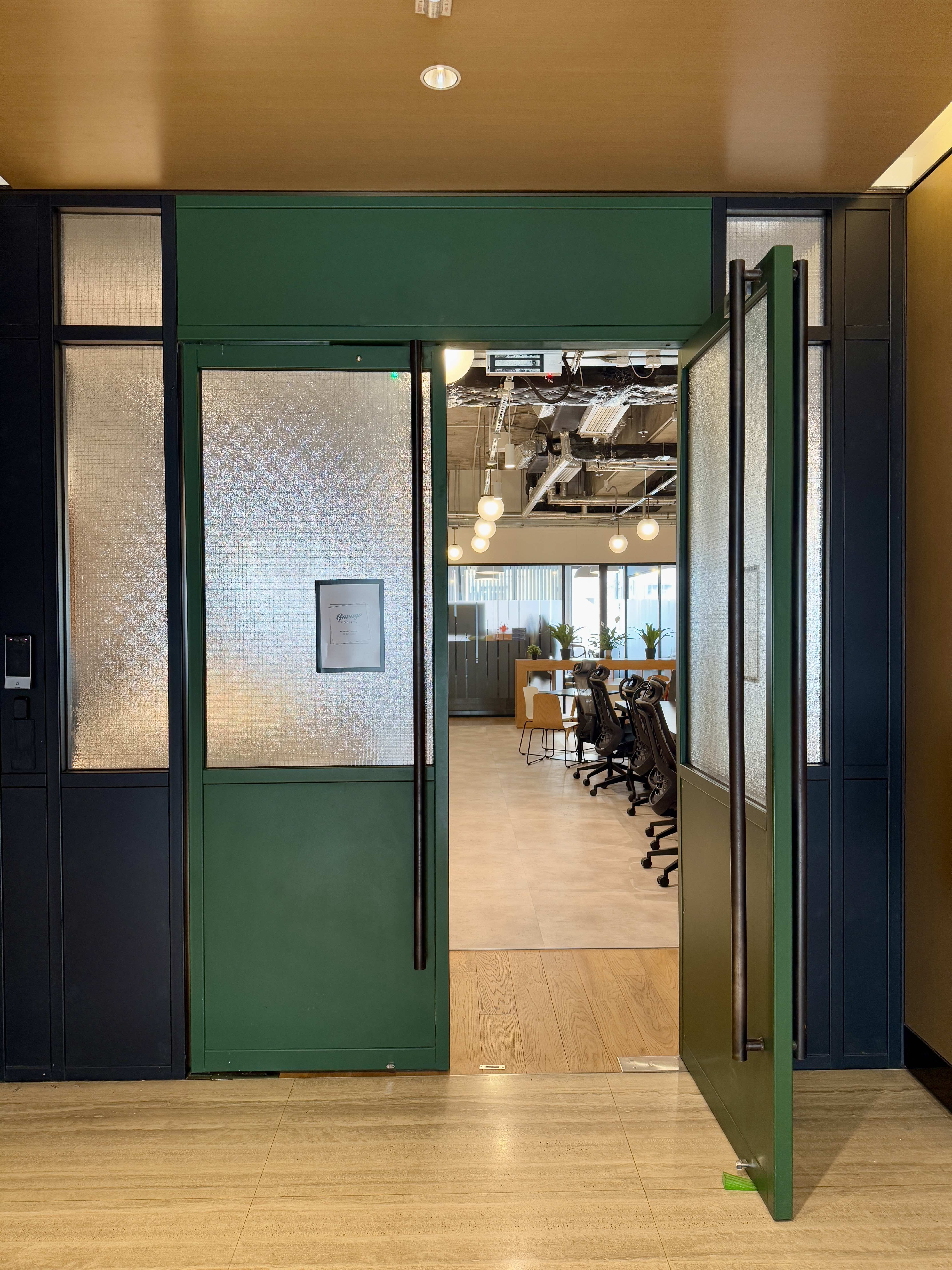LOCATIONS
Hong Kong
-
Facebook
-
LinkedIn
-
Instagram
-
Youtube
Setting your prices can be a daunting experience when you first start out. Luckily the experts at Doerscircle have put together a step-by-step guide on establishing your prices as a budding freelancer.
Author: Ryan Tey, Doerscircle - a community and platform for Independent Doers
While it might seem like freelance prices are pulled out of thin air, most professional freelancers employ a method for developing their numbers and you should do the same.
More skilled and experienced freelancers often use personal intuition and their wealth of knowledge to develop personalized methods for establishing prices.
The most basic method that’s only acceptable for part-time, newer freelancers is to simply take the baseline salary you would expect to be paid as a full-time corporate professional and divide it by the number of hours you would expect to work in a year (a 40-hour workweek tallies to about 2,080 hours a year without benefits).
This method falls short for full-time freelancers because it won’t cover any of your expenses that typically get picked up as an employee, but it involves very little calculating, planning, or investment.
Nonetheless, this method can be helpful if you’re just experimenting with freelancing or want to test your abilities and your market.
A more reliable method that freelancers just starting out use to set their prices is simply benchmarking themselves against their peers.
Most freelancers have online profiles or websites where they have publicly listed baseline rates.
If you’re just starting to freelance, especially if it’s just part-time, it’s perfectly fine to use someone else’s prices to get started with your first projects.
If you employ this method, remember that you should compare yourself to other freelancers who have approximately the same skillset and work ethos.
Comparative pricing takes more effort and research than pricing based on an estimated salary, but your prices are much more likely to be realistic and relevant.
The downside is that these numbers are not unique to you, and they don’t directly address the kind of lifestyle you have or your cost of living.
This is eventually the method that most full-time professional freelancers use to evaluate their prices, because it accounts for the shortcomings of comparative pricing.
Freelancing is very similar to running your own business in that you are now responsible for all your expenses – that includes both your personal expenses and your business costs.
As an employee, your employer covers the costs of your work, meaning they pay for utilities, business expenses, fringe benefits, and so on.
It’s also important that your rates are high enough to cover your cost-of-living expenses. A freelancer working out of Singapore or Hong Kong, for example, needs to establish different baseline prices compared to someone working out of Middletown, Nowheresville.
Let’s dive into the nitty-gritty of establishing your prices. It’s time to do some math but don’t worry, it’s only arithmetic.
We’ll begin by establishing your yearly expenses. You should use any records you have from previous years so that you have real numbers to work with. These expenses include:
Account for expenses that are associated with your personal lifestyle, so you have some flexibility with your prices and you’re not just working to make ends meet.
This buffer is also meant to protect you in case your costs are higher than expected, and this is the portion of your budget that gives you the flexibility to adjust your prices downwards as an incentive for prospective clients.
All your guaranteed costs must already have been accounted for and should not be included in your buffer.
Freelancers don’t get paid for every hour they work. Unfortunately, that’s part of the expense of running your own business.
Time spent working on your taxes, preparing invoices, communicating with clients and so on is time dedicated to your business, but you can’t charge your clients for that.
All the prep work you do to get to the point where you can do your work is your responsibility and your liability.
That means that you’ll have to raise your prices for billable hours to make up for the difference.
The most common practice is to use an estimate to split the hours you spend working into billable and non-billable hours – many freelancers use a 60/40 split. That means 60% of the hours you dedicate to work are billable to your client and 40% are not.
Another common split is 75/25 if you don’t expect much administrative work on your part.
As you get more practical experience, you can adjust this ratio so that your estimates are more reflective of reality. The more you can automate your administrative work, the higher your billable hour ratio and the greater your profit.
This is extremely similar to hourly billing, except that you should instead estimate your costs using two measures:
The number of projects you intend to complete
The complexity of the projects you take on
Most experienced professional freelancers eventually resort to fixed pricing schemes because they have an intricate understanding of how efficiently they work.
It also alleviates the stress of accounting for billable hours.
Unfortunately, setting fixed prices can be a more difficult process if you’re just starting out as a freelancer.
You’ll have to include new elements as part of your process, including deadlines, opportunities for feedback and edits, and negotiating your price if the project doesn’t meet your expectations can be tough.
Fixed prices are most reliable for experienced freelancers who would typically charge very high rates if they billed their clients per hour.
While you’re working on the project, will you have time for other work or is this going to occupy you full-time until it’s completed?
Successful freelancers adjust their prices regularly. It’s important that your rates are reflective of the value that you bring to the table, which means that your rates should probably rise every year in tandem with your accumulated experience and skillsets.
Depending on the type of work you’ll be performing, you’ll likely encounter more elements that tweak your prices.
You’ll also come across new methods for evaluating your prices like value-based pricing, where extremely skilled freelancers don’t assess project value by cost, they assess it by how much they think it’s worth to their client.
Setting your prices can be a daunting experience when you first start out, and many freelancers seek out communities where they can share insights with their peers and establish methods for pricing their work together.
Most clients who proposition you will expect to negotiate down their costs, so be bold with your prices and confident in your abilities!
Venturing on your own can indeed be a rollercoaster journey filled with uncertainties but also lots of excitement at the same time.
While you might be establishing and growing your business independently, you do not have to be entirely alone in this journey.
Doerscircle supports and empowers Independent Doers like you at every stage of your journey. Join our community to connect with thousands of other Independent Doers and enjoy solutions and benefits tailored to your personal and professional needs.
Join us today! Let's be Independent, Together.
Garage Society helps businesses and individuals across Asia work better, through WorkStyle solutions tailored for them.
From entrepreneurs to large corporates, we understand the diverse ways in which people work.
We focus on getting to know you and your business so we can tailor a better and smarter way for you to get work done. Since 2014, we’ve taken on a community-centric approach to empower our community through people, place and programming.
We all work differently, which is why each Garage workspace is unique in location, design, and community, offering spaces and experiences that fit around you.
Whether it’s hot desks, private offices, or custom spaces for enterprises and MNCs, we’ve got a WorkStyle solution for you.
Interested in a flexible workspace at Garage? Get in touch with us.
 Garage Blog
Introducing Garage Society's Newest Premium Workspace at Tower 535 Causeway Bay
Garage Blog
Introducing Garage Society's Newest Premium Workspace at Tower 535 Causeway Bay
We're thrilled to announce the opening of our newest Garage Society location in the heart of Hong Kong's most dynamic business district!
Garage Society Causeway Bay brings our signature blend of community, innovation, and premium workspace to Causeway Bay's prestigious commercial hub.
 Garage Blog
From Flat White to Flexspace - The Best Coffee Spots Near Garage Society Locations
Garage Blog
From Flat White to Flexspace - The Best Coffee Spots Near Garage Society Locations
Looking for the perfect cup of coffee to fuel your workday?
Members enjoy free coffee 24/7 in our spaces, but sometimes they need a change of scenery (or bean!). That's why we've compiled this guide to our members favourite independent coffee shops near each Garage Society location!
Whether you're a dedicated hot desk member or just exploring flexible workspace options, stay caffeinated and inspired with our picks below: